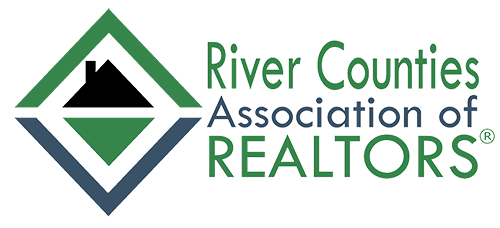
News media reports alleging racial bias in home appraisals have turned a spotlight on the appraisal process in the mortgage industry. Fannie Mae is committed to racial equity in housing, and we take these allegations seriously. As one of the largest consumers of residential appraisals in the United States, we’ve asked ourselves whether we are doing all we can to identify and help prevent it.
Our longstanding policy explicitly states that unacceptable appraisal practices include “…development of a valuation conclusion based on factors that local, state, or federal law designate as discriminatory, and thus, prohibited.” We additionally state that it is unacceptable for an appraiser to develop a valuation conclusion “based either partially or completely on the sex, race, color, religion, handicap [disability], national origin, familial status, or other protected classes of either the prospective owners or occupants of the subject property or the present owners or occupants of the properties in the vicinity of the subject property.”
To help our lender partners identify potential issues with appraisals – which could include bias – we provide our Collateral Underwriter® (CU®) tool to support research and analysis. CU has a robust set of risk flags and messages, including triggers for potential over-valuation risk, appraisal quality risk, and property eligibility risk. CU routinely undergoes fair lending reviews by Fannie Mae’s Fair Lending team, and we hope to enhance CU in 2022 with a new message for undervaluation risk that will help lenders address potential bias issues early in the process.
It is well-established that appraiser demographics don’t reflect the American population – appraisers are 85% white and 78% male1. While many factors can contribute to potential bias in appraisals, having an appraisal workforce that better represents the communities where they work could instill more confidence in the process and mitigate bias.
In 2018, recognizing the benefits of a more diverse appraiser workforce, Fannie Mae collaborated with the National Urban League to launch the Appraiser Diversity Initiative (ADI). The initiative is designed to attract new entrants to the residential appraisal field, overcome barriers to entry (such as education, training, and experience requirements), and foster diversity. The Appraisal Institute and Freddie Mac have since joined forces with us, and we’re proud to say that the ADI is successfully attracting diverse, aspiring appraisers, awarding them education scholarships, and seeing them launch their careers. Jessica Brown and Marcus Knight, two ADI scholarship winners, represent a new generation of appraisers.
We know this is not enough, and we are taking additional actions to understand and minimize appraisal bias. One of the first steps we’re taking is research – we’re leveraging our database of roughly 54 million appraisals to analyze undervaluation that could indicate bias. We believe the results of this research will help identify root causes of undervaluation, and through our industry partnerships, we hope to create solutions that will address them.
We’ve also enhanced our quality control requirements for lender appraisal reviews and stepped up our ongoing appraisal quality monitoring. First, we routinely conduct random and targeted quality control reviews of appraisals on loans we acquire. Second, we have an established Appraiser Quality Monitoring process to identify individual appraisers whose appraisal reports exhibit a pattern of inconsistencies, inaccuracies, or data anomalies, and communicate with them to provide an opportunity to improve their work. We provide tips to state appraisal regulatory boards when we find appraisals with severe deficiencies.
As part of our research efforts, we scanned 14 million appraisals from 2019 and 2020 to determine the extent of appraisers using terms specifically prohibited in Fannie Mae’s Selling Guide. In response to this work, we have taken two actions. First, our June 2021 quarterly Appraiser Update newsletter featured tips on avoiding bias – or even a perception of bias – in an appraisal report, cautioning that “While appraisers may not intentionally factor race, gender, or other protected class information in the valuation, some words or phrases can undermine the credibility of the appraisal by implying that demographics influenced the outcome.” We listed potentially problematic words and phrases to watch out for. Several media outlets have picked up and amplified our message reinforcing that it is unacceptable to use demographic data in determining property value. Second, using our Appraiser Quality Monitoring process, we are sending feedback letters to appraisers who had a high frequency of findings.
Finally – and very importantly – we are listening to what consumers and others are saying about appraisal bias, and we’re engaging with lender partners and other industry stakeholders to identify solutions. We recently convened a group of lender representatives in appraisal management roles to share information about appraisal bias challenges and potential solutions. What started out as a one-time event led to several follow-up sessions continuing the dialogue and developing action items.
In the coming months, we will continue our industry engagement to raise awareness of potential bias in practical ways that lead to positive change. It’s our mission to facilitate equitable and sustainable access to homeownership and quality affordable rental housing across America. In support of that goal that we live every day, we are firmly committed to doing everything in our power to promote racial equity in housing, including helping all homeowners receive a fair and impartial appraisal.
1 Source: Appraisal Institute, U.S. Valuation Profession Fact Sheet Q1 2019 as of Dec. 31, 2018
